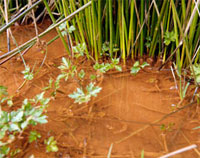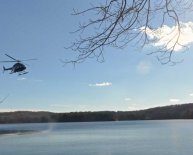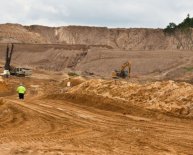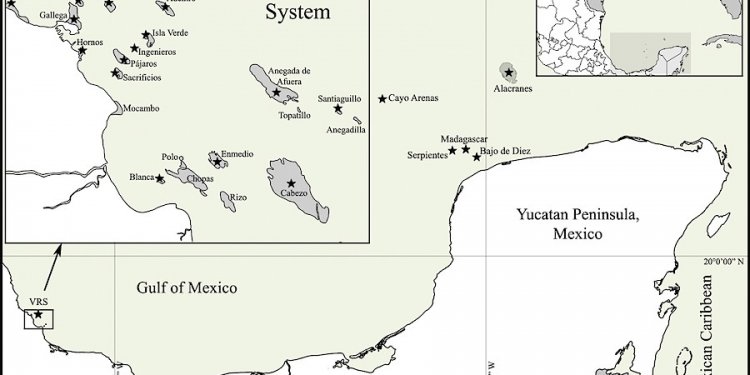
Benefits of Environmental Protection
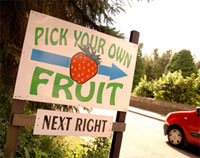 The benefits provided by the environment are known as ‘ecosystem services’. These are not as drab as they sound! One way to categorise the huge amount that the environment does for us is to think of this in terms of the ‘services’ it provides, as shown in the diagram below.
The benefits provided by the environment are known as ‘ecosystem services’. These are not as drab as they sound! One way to categorise the huge amount that the environment does for us is to think of this in terms of the ‘services’ it provides, as shown in the diagram below.
Several case studies have been created into flipbooks describing land use strategy pilots; including studies from Aberdeen and Stirling.
Aberdeen Land Use Strategy - Flipbook (PDF version 1.7MB)
This Aberdeen Land Use Strategy pilot project used detailed GIS-based analysis and created an online, interactive tool for visualisation of the impact on 4 services.
It looked at the impacts of policy scenarios on land use and provision of ecosystem services.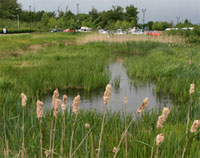 The interactive tool which gives users the opportunity to explore the consequences of different weightings of policy areas on provision of four ecosystem services. The InVEST model was used to model sediment export and nitrogen retention. Carbon sequestration and woodland expansion were also modelled. This case study provides useful points about modelling service provision and communicating results via interactive tools for visualisation.
The interactive tool which gives users the opportunity to explore the consequences of different weightings of policy areas on provision of four ecosystem services. The InVEST model was used to model sediment export and nitrogen retention. Carbon sequestration and woodland expansion were also modelled. This case study provides useful points about modelling service provision and communicating results via interactive tools for visualisation.
Carse of Stirling - Flipbook (PDF version 0.5MB)
This Carse of Stirling Stakeholder engagement is at the heart of this project.
The case study highlights key points for getting the best out of engagement using ecosystem services, in terms of language, jargon and mapping.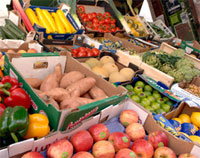 The project mapped the current location of land uses based on a limited number of datasets; relative provision of 28 ecosystem services was estimated by assigning a score to each land use for each service. Realistic scenarios for future management of the Carse were created. A summary of the likely changes to provision of ecosystem services as a result of each scenario was provided to stimulate discussion. Stakeholders intuitively understood trade-offs and opportunities for multiple benefits arising from this approach.
The project mapped the current location of land uses based on a limited number of datasets; relative provision of 28 ecosystem services was estimated by assigning a score to each land use for each service. Realistic scenarios for future management of the Carse were created. A summary of the likely changes to provision of ecosystem services as a result of each scenario was provided to stimulate discussion. Stakeholders intuitively understood trade-offs and opportunities for multiple benefits arising from this approach.
Most of our food, water and fuel comes directly or indirectly from the environment. Fuel for warmth, timber for building, and the fuel in our cars all come from nature. The natural environment provides income from tourism, and resources for development. In the past our environment has often been over exploited to provide products which mean its ability to provide the full range of benefits is jeopardised. Wise and sustainable use of our environment allows us to replace and replenish resources, rather than losing them forever.
